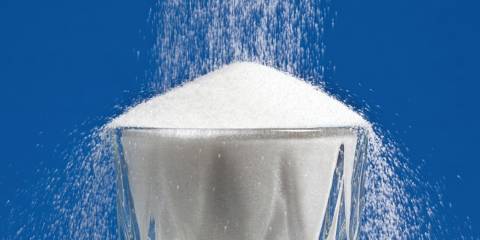Cravings are something we all face. That desire for chocolate, macaroni and cheese, or fries can be hard to fight, but caving into cravings is directly linked to weight gain and obesity.
Many diet plans, pills, and programs claim their methods will not leave you hungry as you lose weight.
But for many Americans, hunger is not the issue. It’s their cravings that need to be managed.
Hunger vs. Cravings
So, how are cravings and hunger different?
Simply put, hunger comes from the body; cravings come from the brain.
What Causes Hunger?
Hunger is a sensation originating in the stomach. It is produced by a hormone that signals to the brain when the stomach is empty.
Once you’ve eaten, another hormone tells the brain you’ve eaten, and you no longer feel hungry.
What Causes Food Cravings?
Cravings, unlike hunger, begin in the brain.
Eating releases pleasure hormones, such as dopamine, into our blood system, much like sex, gambling, and drugs do.
Research shows that the mere sight or smell of barbecue chicken, hamburgers, and pizza trigger a release of dopamine. The amount of dopamine released directly correlated with the strength of a person’s desire to eat that food.
Our brains then associate food with that release of dopamine. Much like any drug addict, we begin to desire food as a means towards achieving that “high.”
How Can You Combat Cravings?
Because of the nature of cravings and their origins in the brain’s dopamine reward systems, caving into cravings will only make them worse.
Ignoring your cravings entirely, though, is almost impossible. The key is learning to manage cravings.
-
Indulge in Moderation
A calorie-restriction study from Tufts University found that accepting cravings and keeping them in check is key to weight management.
“Allowing yourself to have the foods you crave but doing so less frequently may be one of the most important keys to successful weight control,” said the study’s co-author Susan Roberts.
-
Drink Water
Drink some water, then wait a few minutes. The body can misinterpret signals. Your craving might actually be thirst.
-
Exercise
Studies have found that 15-minute walks were more effective at reducing cravings than sitting still.
-
Take The Fruit Test
Ask yourself if you’d want to eat a piece of whole fruit. If yes, then you’re hungry.
If not, then you’ve identified your craving for what it is, which is the first step to curbing it!
-
Avoid Impulse Buys
Avoiding hunger can help you steer clear of trips to the convenience store, fast food restaurant, or vending machine where you’re likely to succumb to less-than-healthy options.
-
Chew Gum
Chewing gum when you feel a craving can help you avoid eating high-calorie, sugary snacks.





